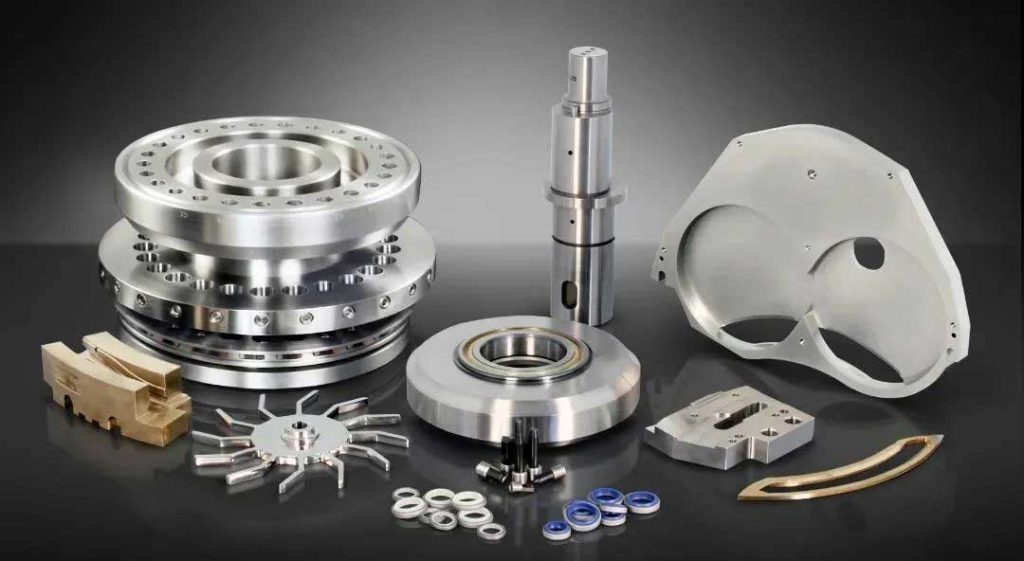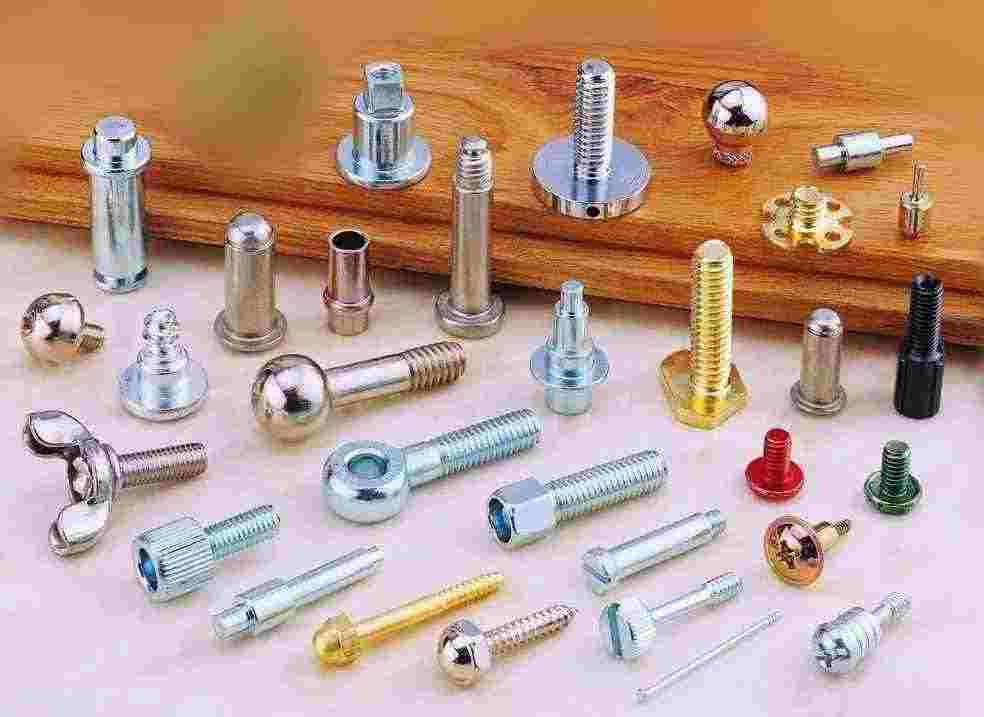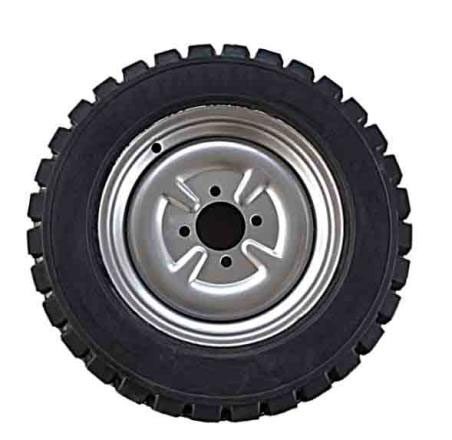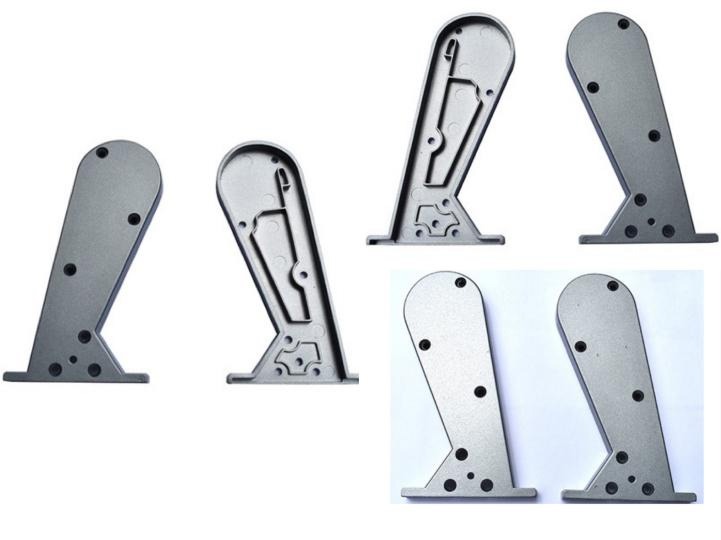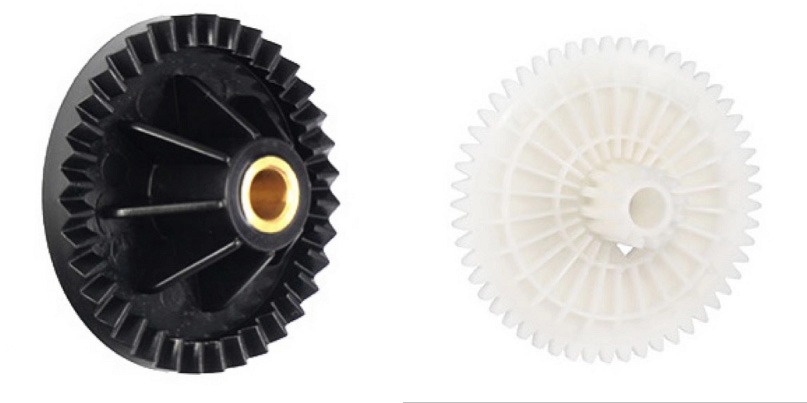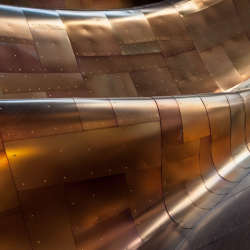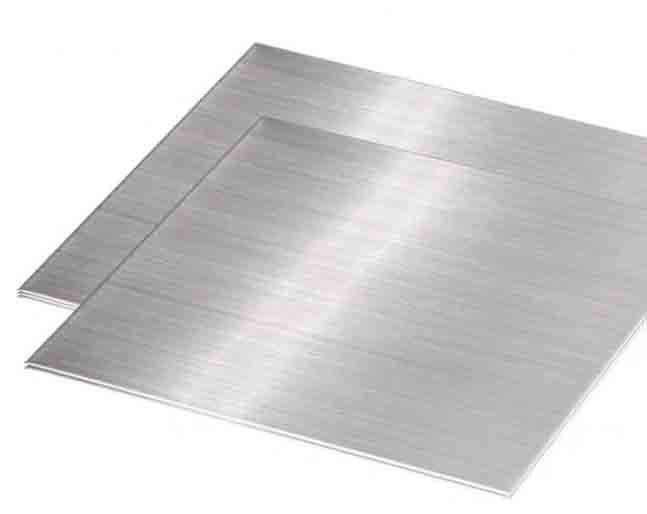Anodizing and chemical oxidation are both metal surface treatment services commonly used by machine builders. This article will explain the difference between anodic oxidation and chemical oxidation in detail from the aspects of whether it is energized, the principle of oxide film formation, and the properties of the formed oxide film.
First, we need to understand what is anodizing and what is chemical oxidation?
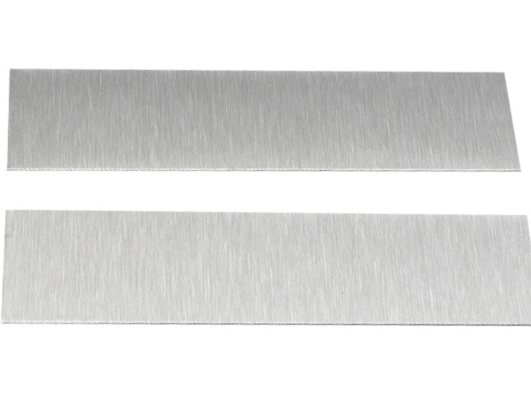
What is anodizing:
Anodizing is the electrochemical oxidation of a metal or alloy. Metals and their alloys form an oxide film on the metal product (anode) under the corresponding electrolyte and specific process conditions, under the action of an external current. It can improve the protective performance, decorative performance, and insulation performance of metals, and it can also improve its bonding force with organic coatings and inorganic coatings.
Advantages of anodizing:
1. The oxide film formed has high hardness, good adsorption capacity, and good corrosion and wear resistance of the oxide film.
2. It has good insulation performance and high-temperature resistance.
3. The formed oxide film has a beautiful appearance.
What is chemical oxidation:
Chemical oxidation does not require external current, does not require electricity, and only needs to be soaked in liquid medicine, which is a pure chemical reaction. The chemical oxidation of aluminum products is to oxidize aluminum products in an acid solution, and the resulting film is dense and thin.
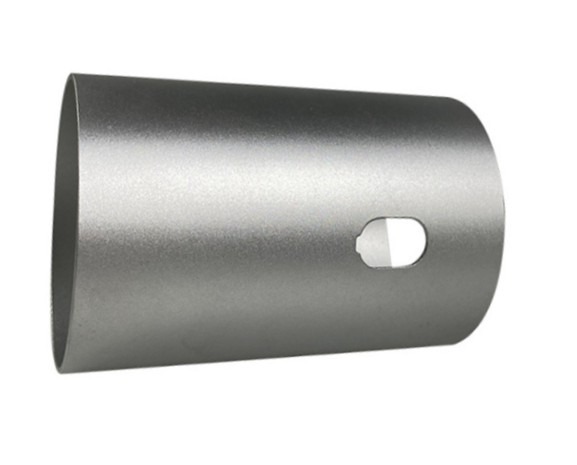
What are the specific differences between anodic oxidation and chemical oxidation?
The difference between anodic oxidation and chemical oxidation is mainly reflected in the electrification, the principle and time of forming an oxide film, the performance of forming an oxide film, and so on.
1. The difference between whether an external current is required:
- Anodizing needs to be carried out under the condition of electricity;
- Chemical oxidation does not require electricity and is a pure chemical reaction.
2. Differences in the principles of oxide film formation:
- For anodizing, aluminum or aluminum alloy is generally used as the anode, and a lead plate is used as the cathode. Put the aluminum and the lead plate together in an aqueous solution containing sulfuric acid, oxalic acid, chromic acid, etc. for electrolysis, so that an oxide film is formed on the surface of the aluminum and lead plate. Among these acids, sulfuric acid is the most widely used.
- For chemical oxidation, the aluminum product is placed in an acid solution for a direct chemical reaction to form an oxide film.
3. The difference in oxidation time:
- Anodizing takes a long time, generally tens of minutes;
- The time required for chemical oxidation is much shorter, only tens of seconds.
4. The difference of oxide film:
- The oxide film formed by anodic oxidation has a thickness of several microns to tens of microns, and is hard and wear-resistant;
- The thickness of the film prepared by chemical oxidation is only 0.01-0.15 microns, and the wear resistance is not very good, but it can conduct electricity and resist atmospheric corrosion.
For the oxide film of aluminum products, aluminum oxide is originally non-conductive, but because the film formed by chemical oxidation is thin enough, the oxide film can be broken down under a small voltage, so it is conductive.
Summarize
JTR is a professional manufacturer providing mass manufacturing services and rapid prototyping manufacturing. We provide services including CNC machining, injection molding, die-casting, 3D printing, sheet metal prototyping, etc. We can make molds and produce large-scale parts. We can realize your design and provide high-quality manufacturing solutions within hours.
After fabrication, we are also able to perform a variety of surface treatment services including anodizing, plating, painting and more. You just need to tell us your needs, and professional design engineers will design and produce products that meet your requirements.



